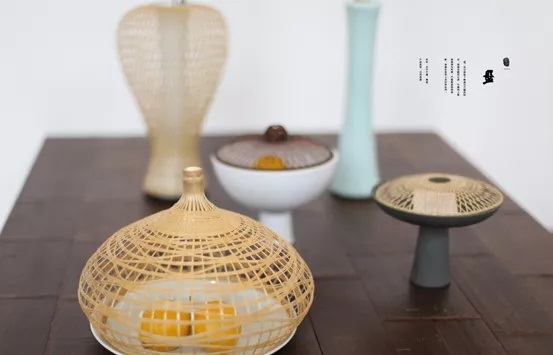For the industrial age, natural materials based on wood have reached the brink of scarcity, and afforestation has been far from keeping up with its consumption rate. In many parts of the world, tons of agricultural and forestry waste such as corn husks, straw and bamboo and wood as forest waste are burned or decayed in the open air.
This is because other cost-effective means of dealing with large amounts of waste have not been accepted. It is important to point out that this natural material, which is called “waste”, should be reused more effectively.
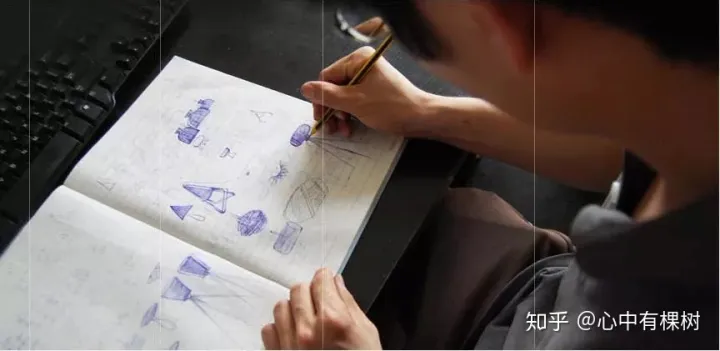
This paper will discuss the feasibility of sustainable design of natural materials, environmental protection, plasticity, aesthetic value and other aspects of the analysis of natural materials, according to the characteristics of different materials design. Finally, the aesthetic form of natural materials is discussed with specific design cases.
01 Sustainable thinking under the concept of “turning waste into treasure”
Waste and pollution everywhere and bad weather have made people strongly aware of the importance of a green and sustainable lifestyle.
There is no garbage in this world, only misplaced resources that, if used well, can be put back to service.
As the leader of social life style, designers can guide “green life” through sustainable design.
The purpose of sustainable design is not only to briefly extend the service life of materials, but more importantly, to make people better understand the idea of sustainable design through the redesign of “turning waste into treasure”, and then establish the awareness of recycling.
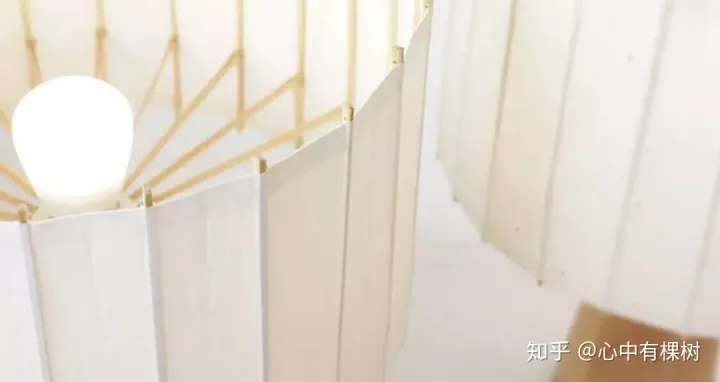
Japanese design master Masayuki Kurokawa once proposed that making products is to converge and fix atoms in the universe through some mechanical principle. So the things we design, the things we make that sit there, they fall apart, they break down, they go back to the atomic world.Usually, the number of processing and the degree of recycling of materials is an important basis for whether the rod is sustainable. The fewer times of processing, the fewer steps required to return to the natural state, and the greater the chance of complete recycling.Natural materials can be recycled and reused without too much processing, and are easy to degrade, reducing pollution, and thus achieving environmental friendliness.
02 Feasibility of sustainable design of natural materials
Compared with industrial synthetic materials, natural materials are the first to appear, because the traditional processing technology and technology are relatively backward, the processing degree of the material is not deep, the original nature of the material is retained very much, so the burden on the environment is also minimal, it is easier to return to nature.
In the sustainable design of natural materials, the feasibility analysis of the aesthetic, environmental protection and plasticity of natural materials is carried out, and it is not difficult to find that the sustainable design using natural materials has unique advantages.
2 · 1 Properties of natural materials
01 Bamboo
Bamboo originated in China, widely distributed, many types, fast growth rate, strong adaptability. Bamboo is one of the forest resources, bamboo is a kind of fast growing “green” raw material that can replace wood. The whole body of bamboo is treasure, understanding and respecting bamboo is the premise of making full use of bamboo.
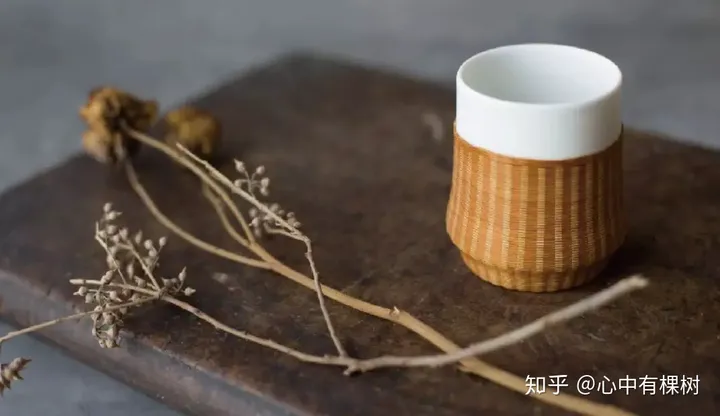
However, at present, many people believe that only bamboo stems can be used as production materials, and a large number of rotted bamboo branches can only be used as fertilizer, but not better designed and used.If they replace plastic or paper, they can greatly reduce the environmental pollution caused by the process of manufacturing plastic and paper.
Bamboo has not undergone secondary processing, returns to nature, can achieve 100% degradation and recycling, and plastics are very difficult to degrade, so bamboo is an ideal substitute for synthetic materials.
02 Corn husks
China’s corn production is expected to reach 22.6 billion tons in 2016, according to the U.N. Food and Agriculture Organization. So the production of corn husks can not be underestimated, so much corn husks have gone to where?
Due to slow digestion, most of them are discarded on the side of the field road or burned, causing environmental pollution and resource waste, and very little of them are used as knitting liner materials or crushed for feed.
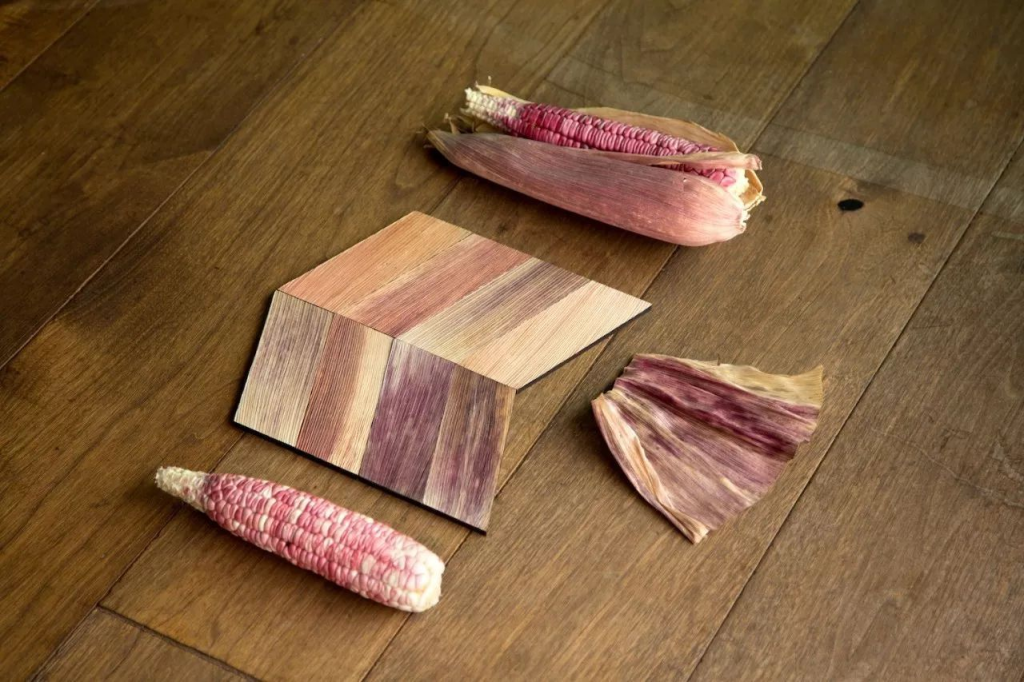
Corn husk is the outer coating part of corn ear, its organizational structure is tight, strong toughness, high cellulose content, has a very beautiful and smooth natural texture, good light transmission, fresh smell, soft material, easy to shape, is used as a lamp, weaving sustainable design of environmental protection materials.
2 · 1 Entry point for sustainable design of natural materials
Natural materials are the material basis for sustainable design.The aesthetic properties of materials are mainly reflected in the texture and texture of materials. Although the properties of materials are different, the beauty of the composition of materials has a relatively unified standard and basis.
The aesthetic feeling of materials mainly includes form beauty, color beauty, natural beauty and artificial beauty. With the development of contemporary society, people’s aesthetic consciousness is becoming more sensitive, delicate and rich.
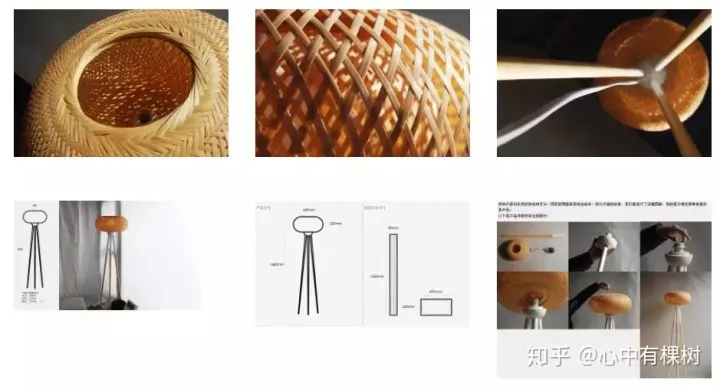
Design works not only pay attention to the visual experience of color and form, but also pay more attention to the taste and aftertaste of material texture. Through different material characteristics, the emotional meaning of the work is conveyed, and the natural characteristics of the material are well reflected by constantly enriching people’s aesthetic experience and emotions.
2 ·2 · 1 Aesthetic nature of natural materials
Each kind of natural material has its own unique language, each kind of natural material is telling its own story, such as the warm color of bamboo, natural texture, bring us natural fresh, gentle and elegant physical and psychological feelings.
Its sense of warmth, thickness, hardness and even smell characteristics greatly enrich the connotation of the beauty of the material. Natural materials are simple, friendly and back to nature, which play an important role in human emotions and aesthetic needs.
2 ·2 ·2 Environmental protection of natural materials
The selection and application of natural materials is the most direct manifestation of environmental protection. Natural materials are low technical. Low technology should be widely available to the public and serve the public.
In the design process, the natural environment should be given priority to minimize the load on the environment, so that the design and the environment can develop in harmony, focusing on long-term and sustainable benefits.
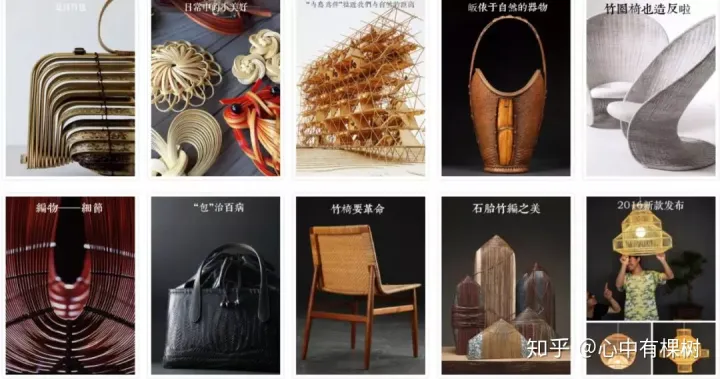
Most of the natural materials come from the rural mountains and forests. If the low-technology sustainable design thinking can be well used to lead the public to use natural materials, it can not only meet the needs of the public’s life, but also cultivate the public’s environmental awareness. Natural materials have good degradability, one of the ways of degradation is to recycle materials with the help of technology, and the other is that the material itself has its own degradation ability.
The examples of bamboo and corn husks in this paper are all plants from nature, which do no harm to the environment in the growth process, and are easier to return to nature without artificial complex processing.
2 ·2 · 3 Plasticity of natural materials
As the old saying goes, “Things do their best.” In the process of sustainable design of natural materials, giving full play to the role of material texture and texture can make the works more charming material beauty. Bamboo is a very widely used modeling material, bamboo itself has good variability and softness, color affinity, fine and dense surface.
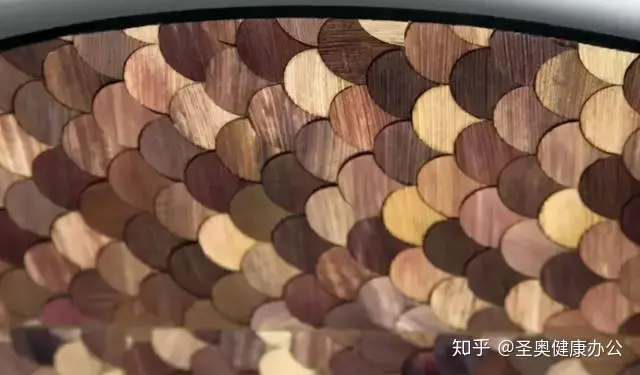
Corn husk is a kind of material that needs people’s attention. Most of the components of corn husk are crude fiber, which has good softness, is a good weaving material, and has good light transmission, which can be used as raw materials for lamp design. Respect for the plasticity of natural materials in the design process, the design of the work will have a natural breath of fiber texture, will have aura.
03 Sustainable application of natural materials
Nature is the destination of human beings. Only by transforming the concept of sustainable design into sustainable design theory and practice can we face the harsh reality and move towards the future.Natural materials with its inherent unique charm has attracted a large number of design practitioners, such as “Susheng”, “nature home” and other design studios.
They focus on the inheritance and application of traditional crafts, integrate the natural characteristics of natural materials, think and design in an innovative way, and create many natural household products that fit the contemporary lifestyle and aesthetic taste.
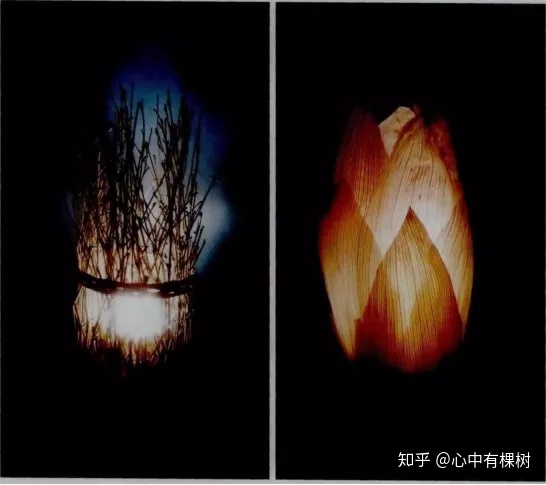
Adhering to the design of turning waste into treasure, the original discarded corn husk transforms into a very beautiful lamp, properly combines the natural texture and light transmission of corn husk, the material is easy to obtain, and the waste resources can be sustainably used, so as to achieve environmental friendliness and environmental benefits. As long as the inherent thinking Angle is changed, everyone can make a contribution to the sustainable development of society.
Another example is the “bamboo dinner” lighting design that perfectly combines the two materials of bamboo and corn husk, the shape looks like a burning candle from a distance, adding a romantic atmosphere to the environment, and a closer look can contact the unique texture and touch of bamboo and corn husk two materials.
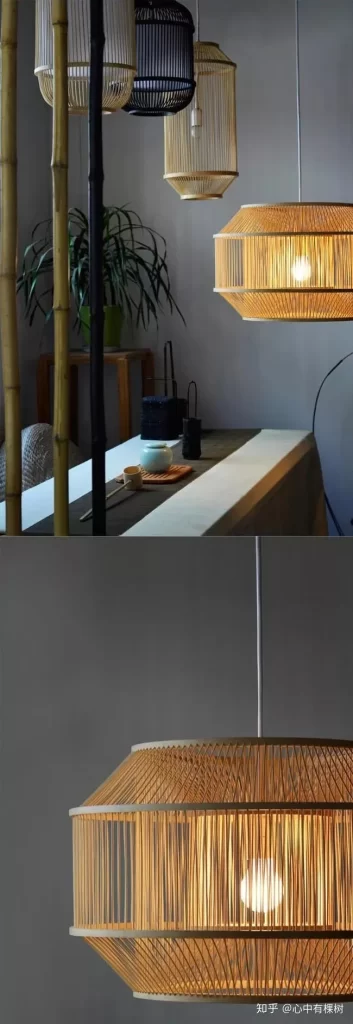
In the application and exploration of sustainable design of natural materials, we have the most intuitive experience, that is, the sustainable innovative design under the concept of “turning waste into treasure” needs to try to examine the inherent characteristics of natural materials from different angles, use innovative design thinking to think about the correlation between things and life, give things emotions, avoid waste, and get along with the environment. Efficient use of natural resources.
04 Summary
Today, with the rapid development of society and the rapid consumption of resources, sustainable design of natural materials under the guidance of the concept of “turning waste into treasure” will become a design trend.
Turning waste into treasure is not only about redesigning and processing waste into useful items, but also about cultivating a sustainable thinking in the process of “Turning waste into treasure”. Using product design as the carrier, we can attract people’s attention with unique and aesthetic design, and then influence the public by conveying an easy-to-understand sustainable thinking. Thus advocating green, low-carbon, sustainable consumption trends, so that people, society and natural materials can enter a virtuous cycle.

